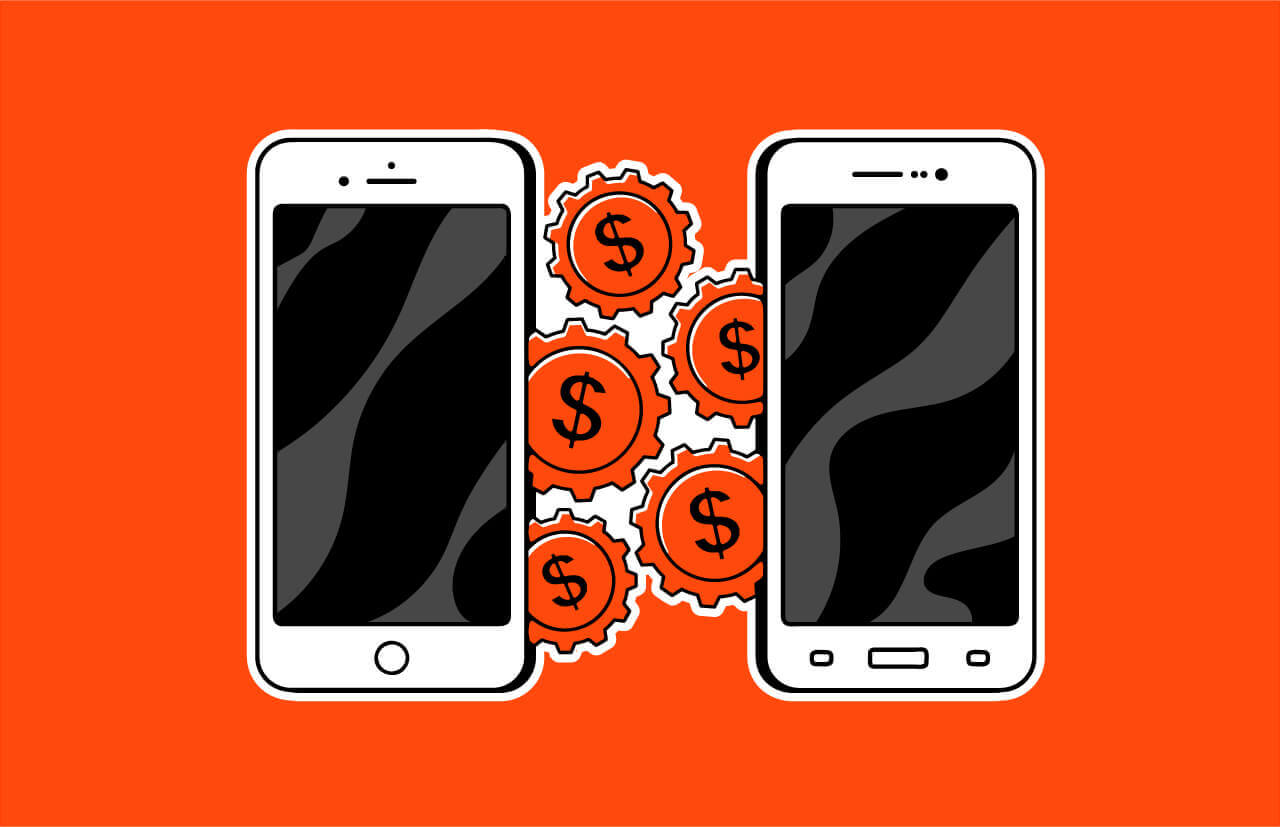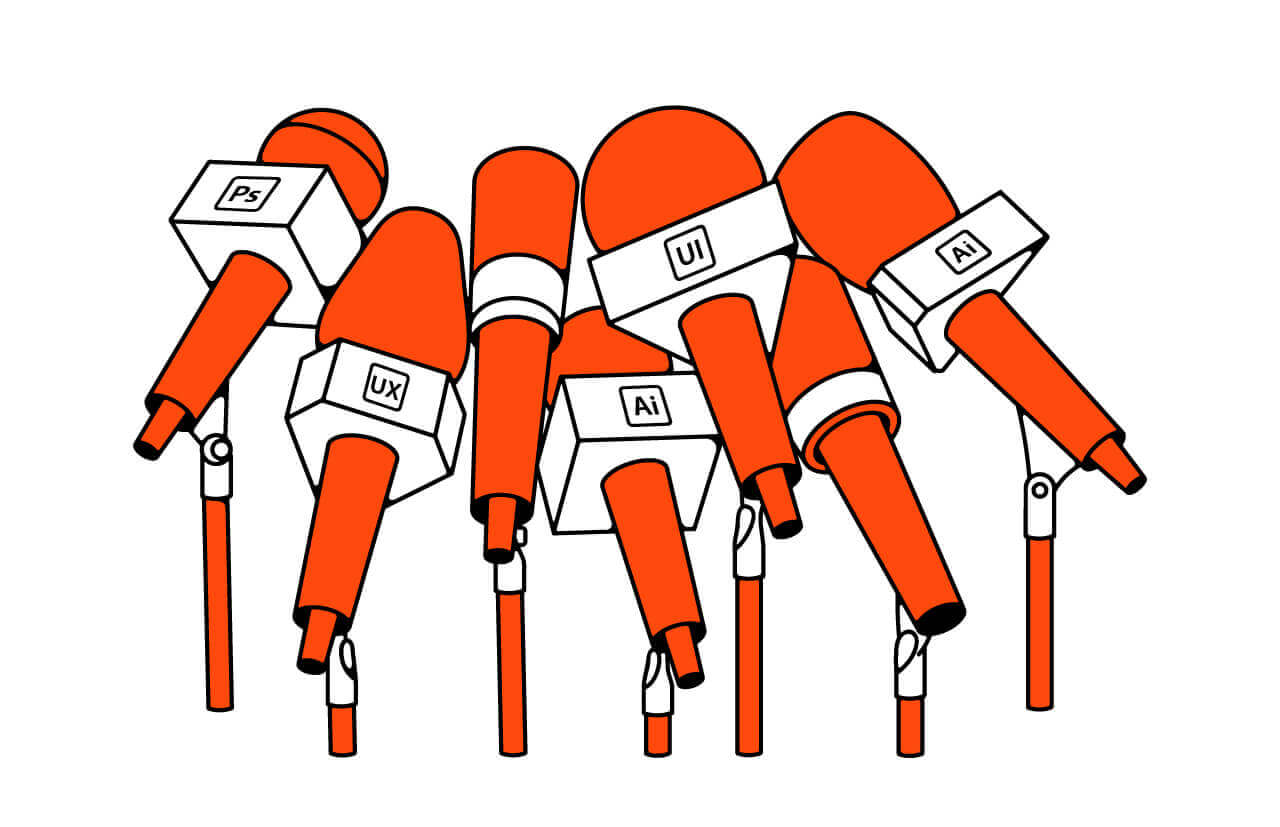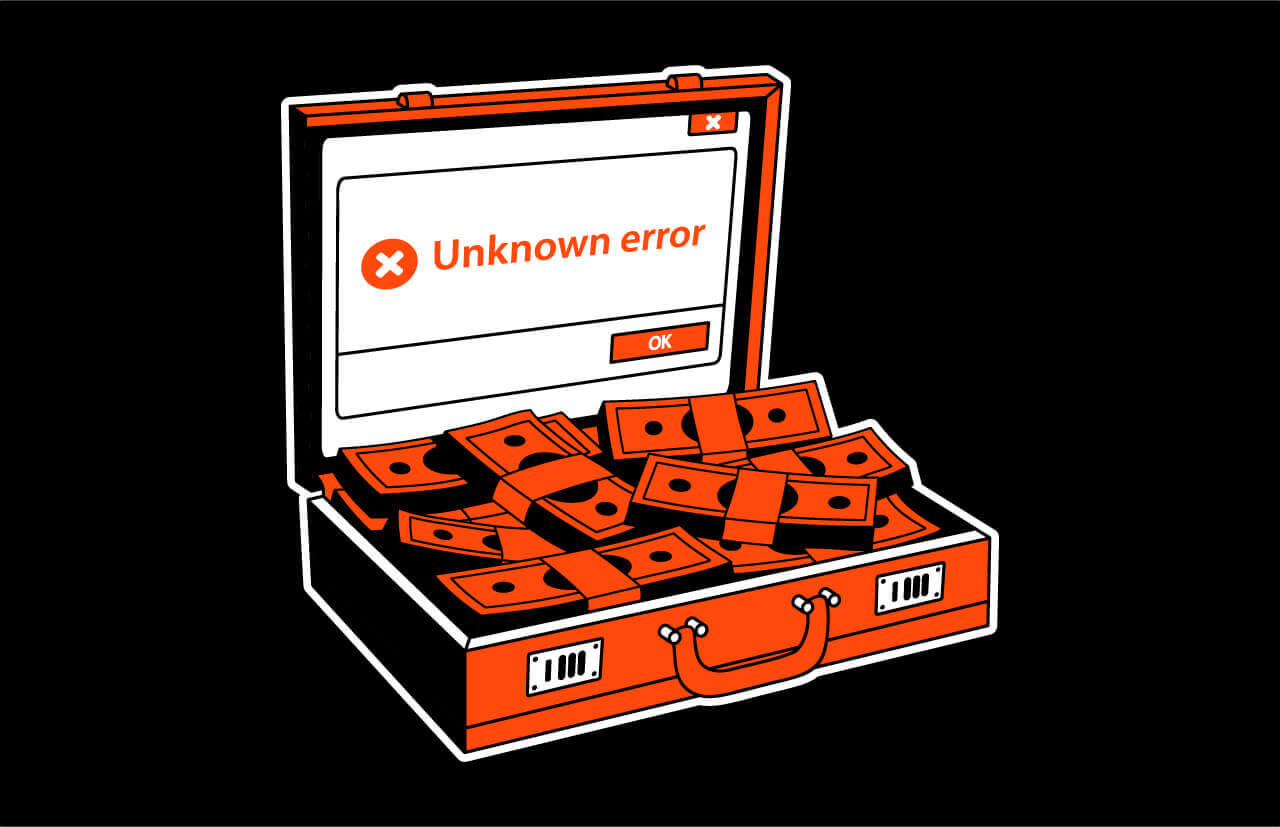Launching Stories was a great business move for Instagram, right? But would this feature even exist if it wasn't for Snapchat?
Regardless of the business niche you're in, your competitors are constantly evolving, making it almost impossible to follow their every move.
But have you ever considered that others might be watching you? If you’re a prominent startup operating in the UK, EU, or the US market, you can be sure that you’re being watched closely. Not just your business practices, but what you do with your interface as well.
Who's in on this?
Large and small companies don't necessarily have the opportunity to actively monitor their competitors. But there are quite a few agencies worldwide that are engaged in keeping records of all changes in all interfaces of web and mobile fintech applications.
Some agencies do it secretly, and there are those who do it publicly and then sell interface screenshots or ratings.
How it works
These services recruit people who sign up to a platform, go through various scenarios and then come back to it every two weeks and check for updates.
Designers' role is to provide illustrations and explanations on the reasons behind the changes.
What are the benefits?
It gives an opportunity to see which hypotheses are being tested in the industry in real-time. Another interesting insight is the hypotheses that were tested and then rolled back when the results came in.
It's hard to do this on your own. You need to have a team of people who are ready to log in across countries in a bunch of attachments.

And how do we know?
Some time ago, we used to be involved in similar benchmarking practices. We spent a considerable amount of time researching apps across the industry and collecting data.
The data then formed the foundation for our Google Bank Concept.
Okay, so where should you get the data from? We got you! Here are the two services that can help boost your product quality.

critical web design mistakes to avoid
1. Pulse by 11:FS
Pulse operates in a simple way — they log in to 500+ fintech apps every month and post the updated flows. It works like a web-based video library. These are videos captured by real-life customers using different banks and fintech in apps and websites.
These videos form a browsable and searchable library, augmented with commentary from expert reviewers. Pulse then anonymizes, edit, and rate each journey with a score based on usability, utility, and visual design.
Perk #1 — this happens to be one of the biggest interface collections on the market. In fact, it covers most of the apps out there, so the scope of the service is impressive.
Perk #2 — there is an option to filter by the flow type. Looking to see all the different options for bank transactions? Here you go. All fintech app home screens? No problem!
Downside #1 — it takes time to get access to the service. Quite some time. It took us over a month to get in, and we weren’t the only ones...
Downside #2 — some screenshot comments are, in fact, quite vague and not that helpful.

Like here on the left, why is usability rated at 5/5? The idea of a bunch of small-worded text getting full points for visual design is quite confusing. Coinbase (on the right) would get 5/5, but this one? Far from it.
Moving on. The next service – Scientia's Fintech Insights.
2. FinTech Insights by Scientia
Same idea as Pulse, but with an even bigger database and more thorough analytics.

FinTech Insights by Scientia runs at 200К+ user journeys, while Pulse only has as many as 4k.
This means there is plenty of detailed content to dive into. Just take a look at this – even a comparison mode is available.

The comments are detailed, structured as action points, and can be directly taken into processing by the product team.

Another upside is the possibility to avoid looking at a bunch of screenshots, but rather follow the premade outline for simple and fast analysis.

Other than that, the services are pretty similar – both provide web and app screenshots and analyze the main steps.
FinTech Insights by Scientia also has a blog section, where they post fintech reviews (like this one about Chime). We recommend you check it out!
Subscribe to hear about legendary business pivots on our CTRL SHIFT podcast.





